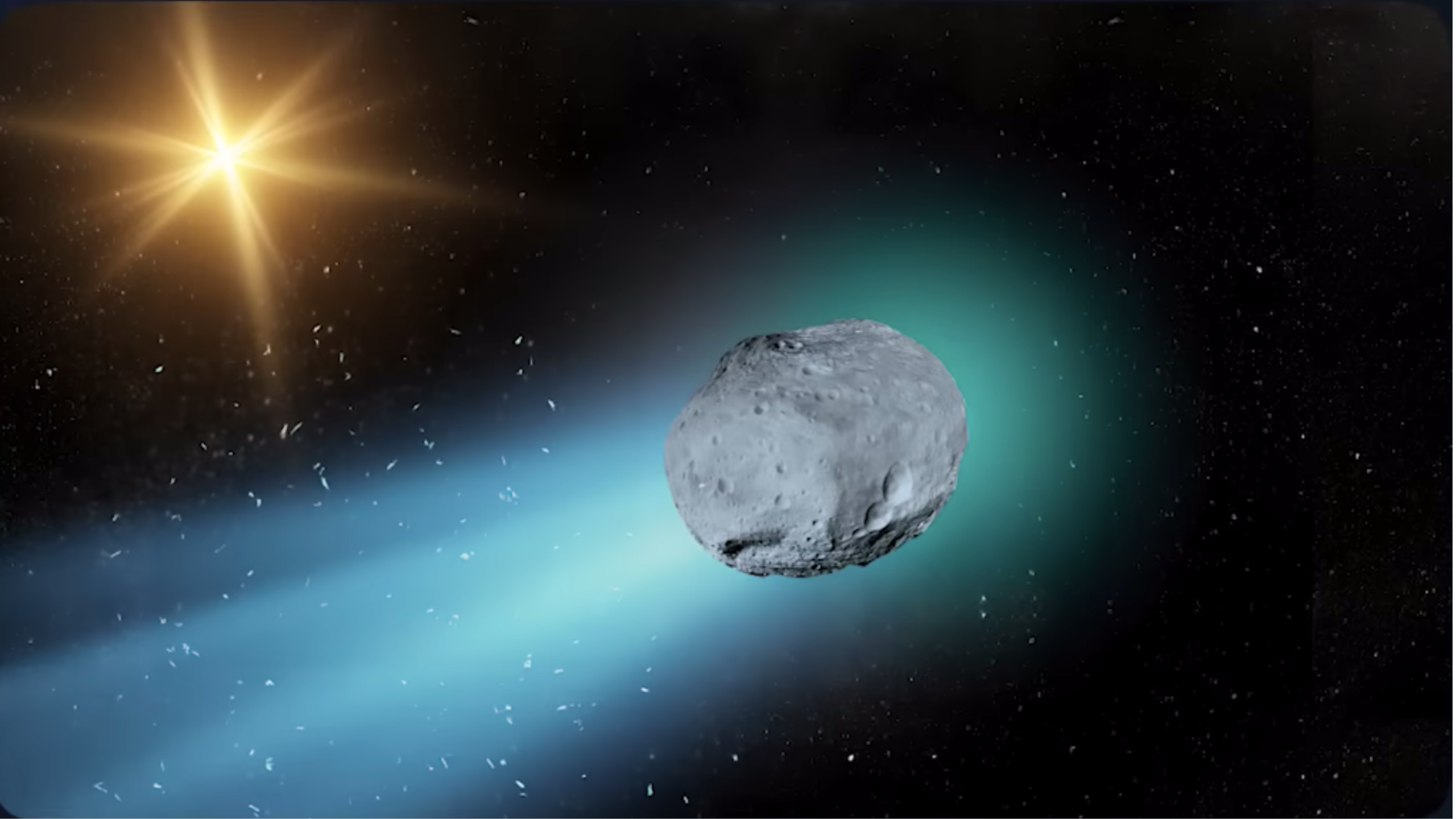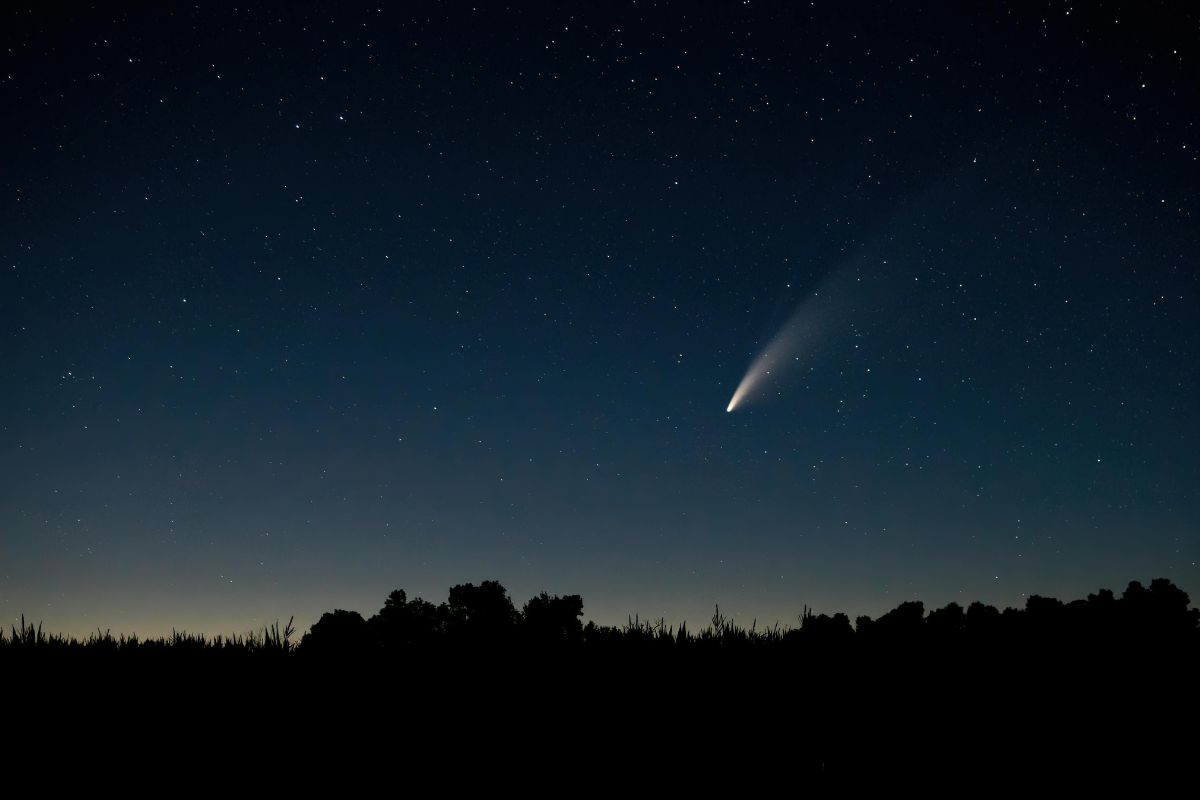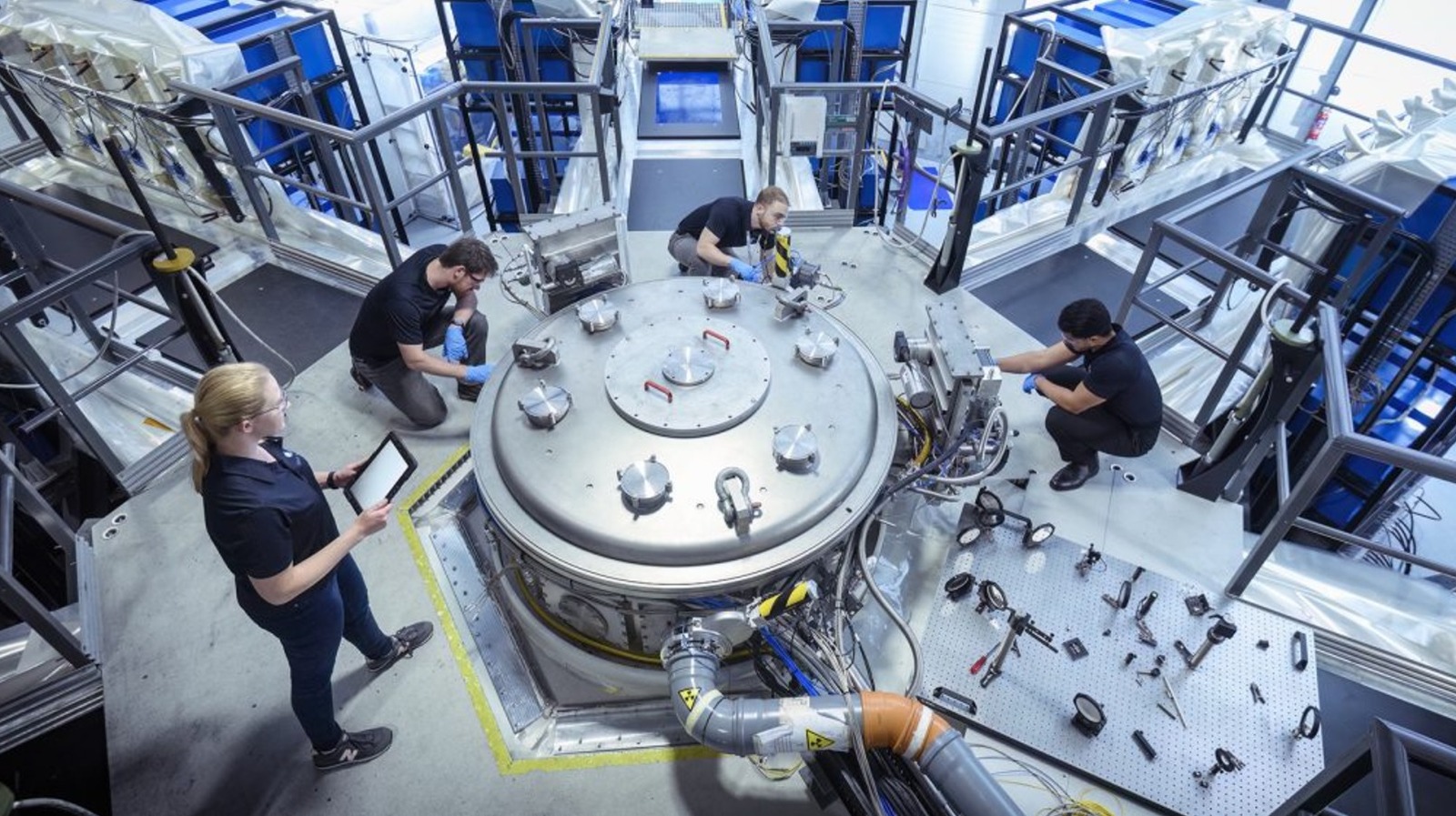An intriguing assertion has emerged from Harvard University, where professor Avi Loeb has proposed that the interstellar object known as 3I/ATLAS may be an artificial spacecraft. As the object approaches the Sun, Loeb highlights the presence of seven visible thrusters, which he claims are releasing “seven distinct jets” accompanied by a “large glowing halo.” This revelation, reported by the Daily Star, is based on a series of stacked images that depict a halo extending up to half a million kilometers.
Key Observations and Theories
Loeb, a prominent figure in the search for extraterrestrial life, describes 3I/ATLAS as a “gift from interstellar space.” In his recent publication, he outlines ten anomalies that he believes differentiate this object from known comets. These include its trajectory, which closely aligns with the ecliptic plane, and its unusually large mass compared to other interstellar objects. Notably, he points out significant non-gravitational acceleration observed in the object’s movement.
“The ten anomalies motivated me to propose the possibility that 3I/ATLAS is an extraterrestrial technological product of another civilisation in the Milky Way galaxy,”
Loeb stated, emphasizing the potential implications for humanity if 3I/ATLAS is indeed artificial. The idea of a craft equipped with thrusters approaching the Sun raises questions about its purpose, including possible reconnaissance or exploration missions.
Additional commentary from NDTV World indicates that Loeb has cautioned society to consider the intentions behind such a visitor, whether they may be benign or hostile. This speculation invites profound questions for the public: Are we alone in the universe? Would we be able to detect the actions of another civilization? And does this interstellar visitor pose any risks to Earth?
Scientific Skepticism
Despite the attention generated by Loeb’s claims, many mainstream astronomers remain skeptical. Reports from Live Science reveal that some experts have dismissed the idea of alien technology as “nonsense.” Dr. Samantha Lawler from the University of Regina argues that all available evidence supports the view that 3I/ATLAS is an ordinary comet ejected from another solar system. Similarly, astrophysicist Brian Cox has urged that any speculation about the object must be grounded in verified scientific sources, referring to unfounded claims as “drivel.”
The central debate hinges on whether the “seven jets” mentioned in media reports are simply natural outgassing typical of comets or indicative of engineered thrusters. While Loeb maintains that the combination of trajectory, acceleration, and visual features suggests propulsion, critics emphasize that such claims lack definitive proof.
According to Live Science, Loeb’s paper is described as a “pedagogical exercise” rather than conclusive evidence. The scientific community asserts that observation, rather than speculation, will ultimately determine the truth about 3I/ATLAS.
As 3I/ATLAS approaches its perihelion, NASA and other observatories are closely monitoring its trajectory, brightness, chemical composition, and any signs of unexpected maneuvering. Loeb believes that the true nature of the object will become clearer as it passes through the inner Solar System.
The overarching message for the public is to remain curious yet grounded regarding these claims. While the notion of an alien ship is undeniably captivating and generates significant media interest, prevailing evidence still favors a natural interstellar body over the concept of intelligent technology. As scientific inquiry continues, the story of 3I/ATLAS remains one of high drama, potential revelations, and considerable uncertainty.







